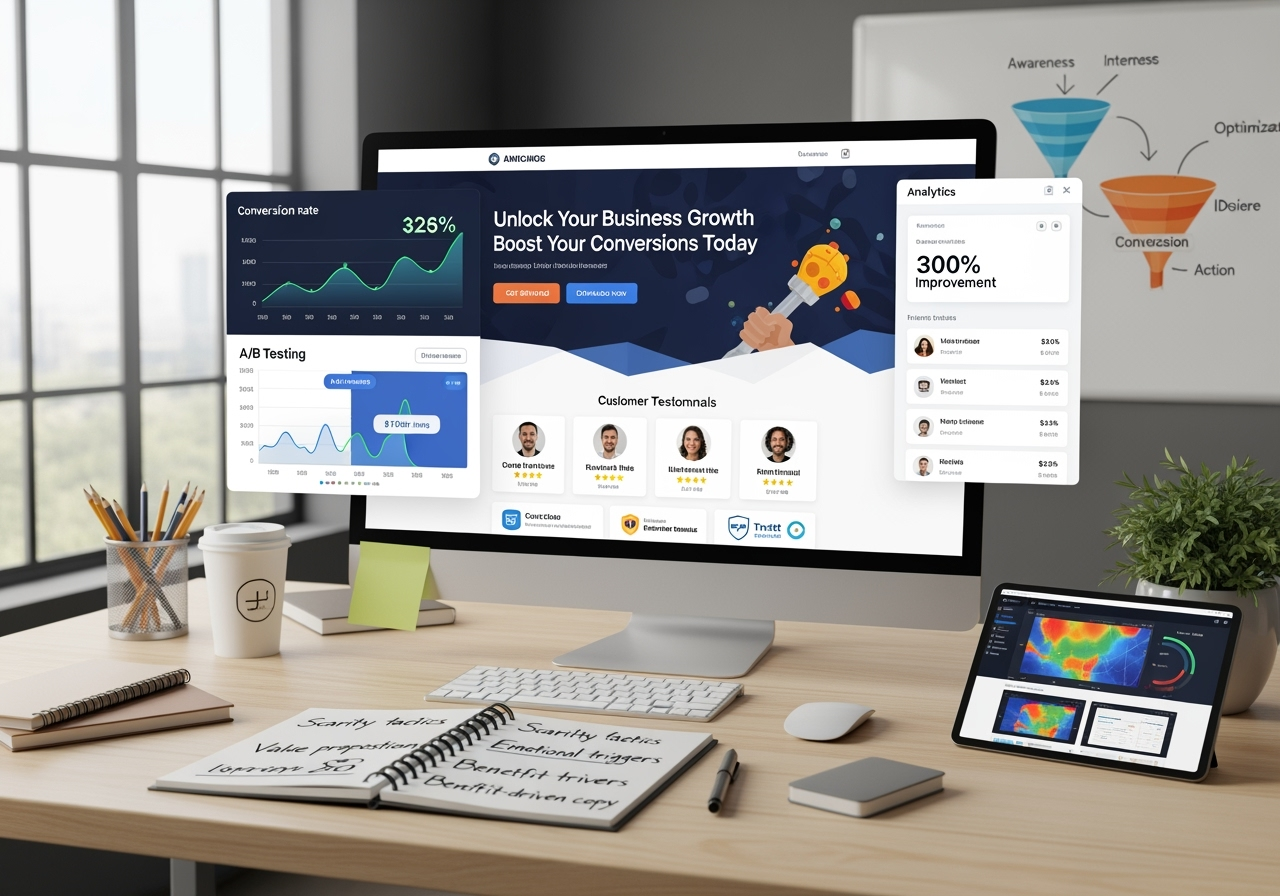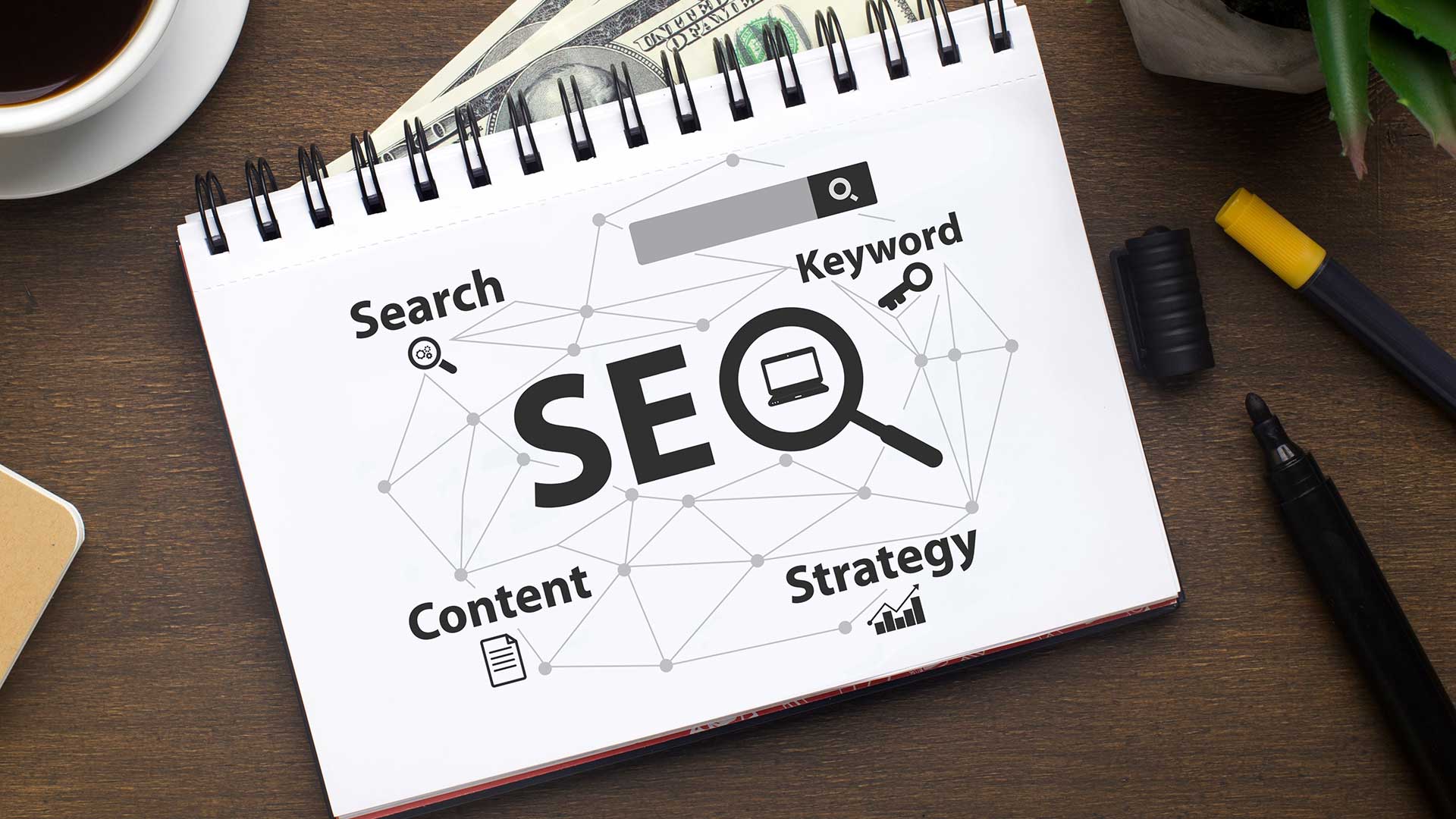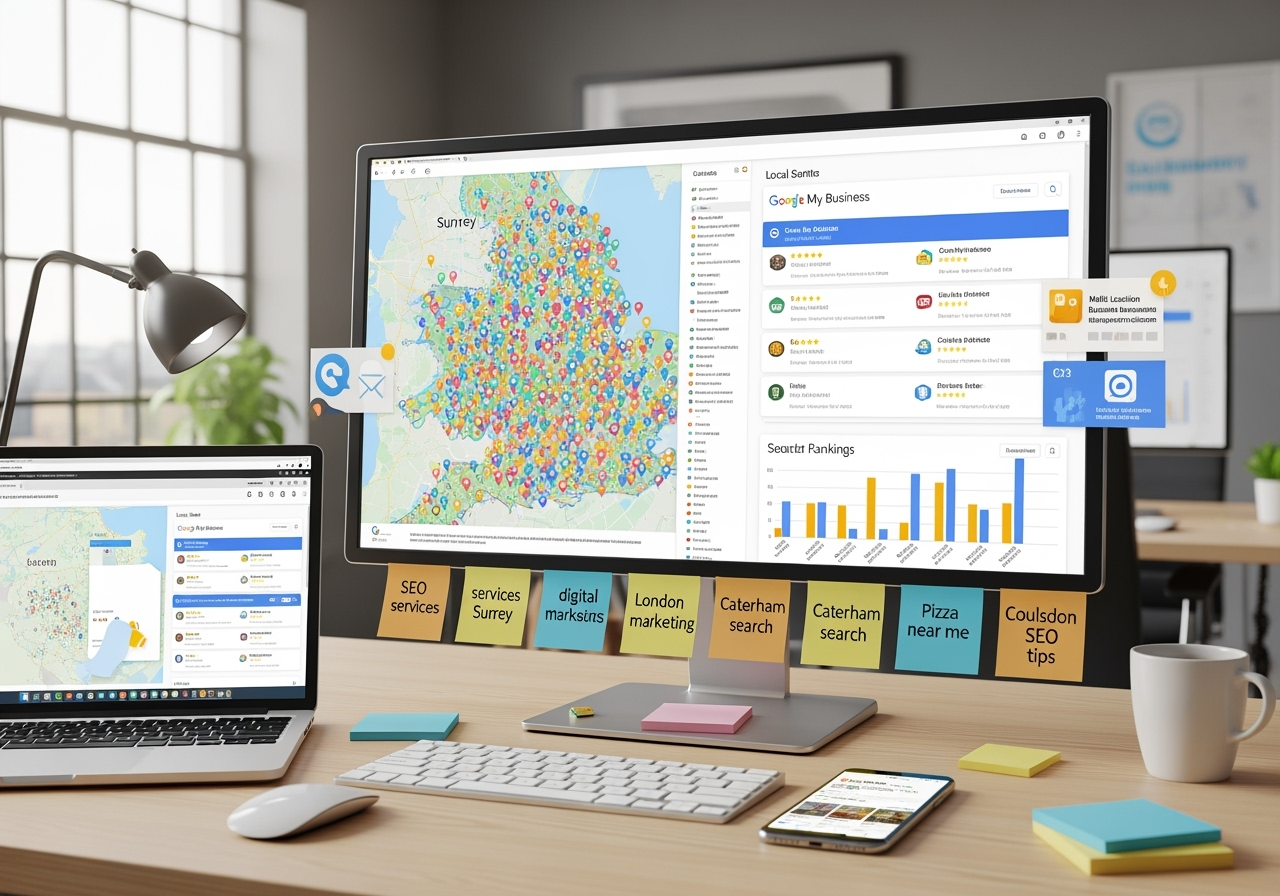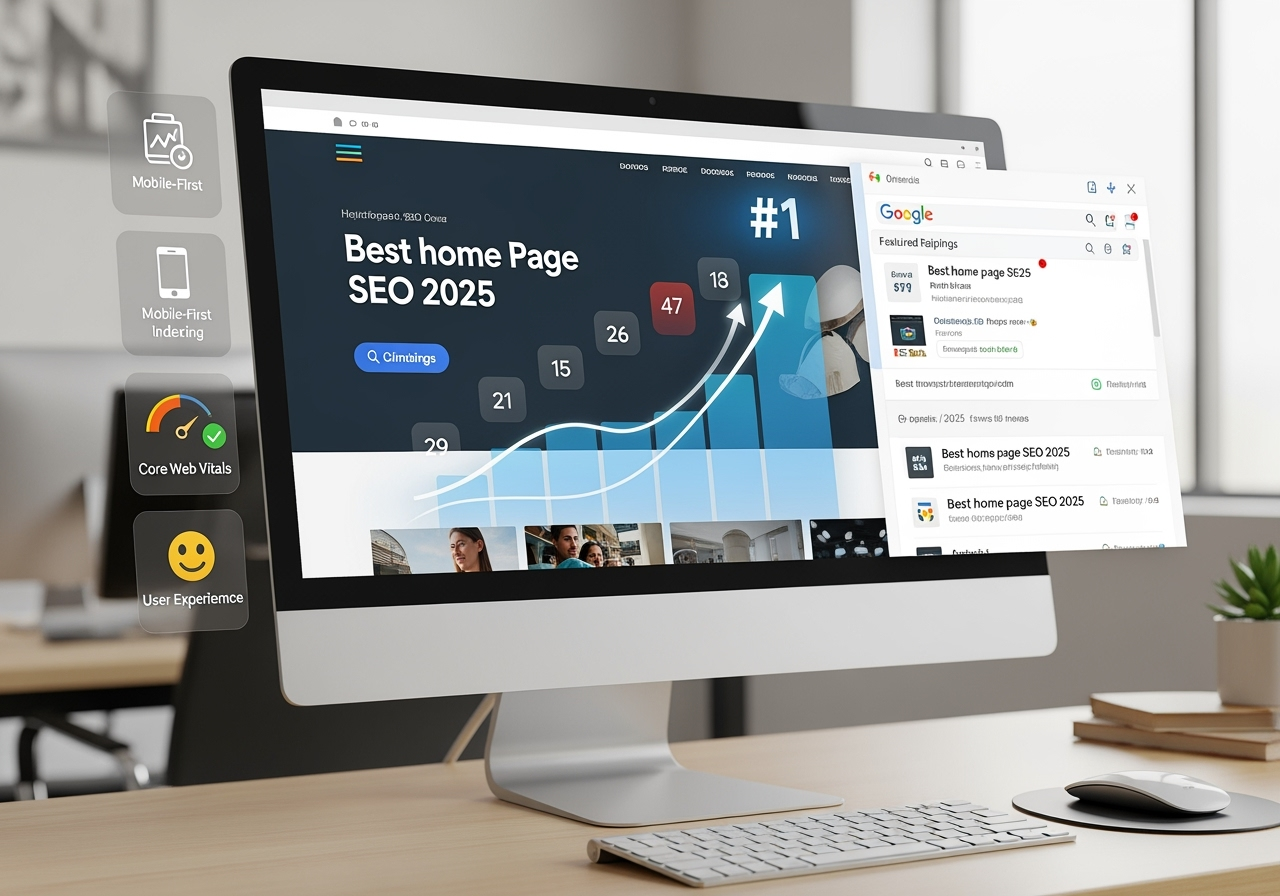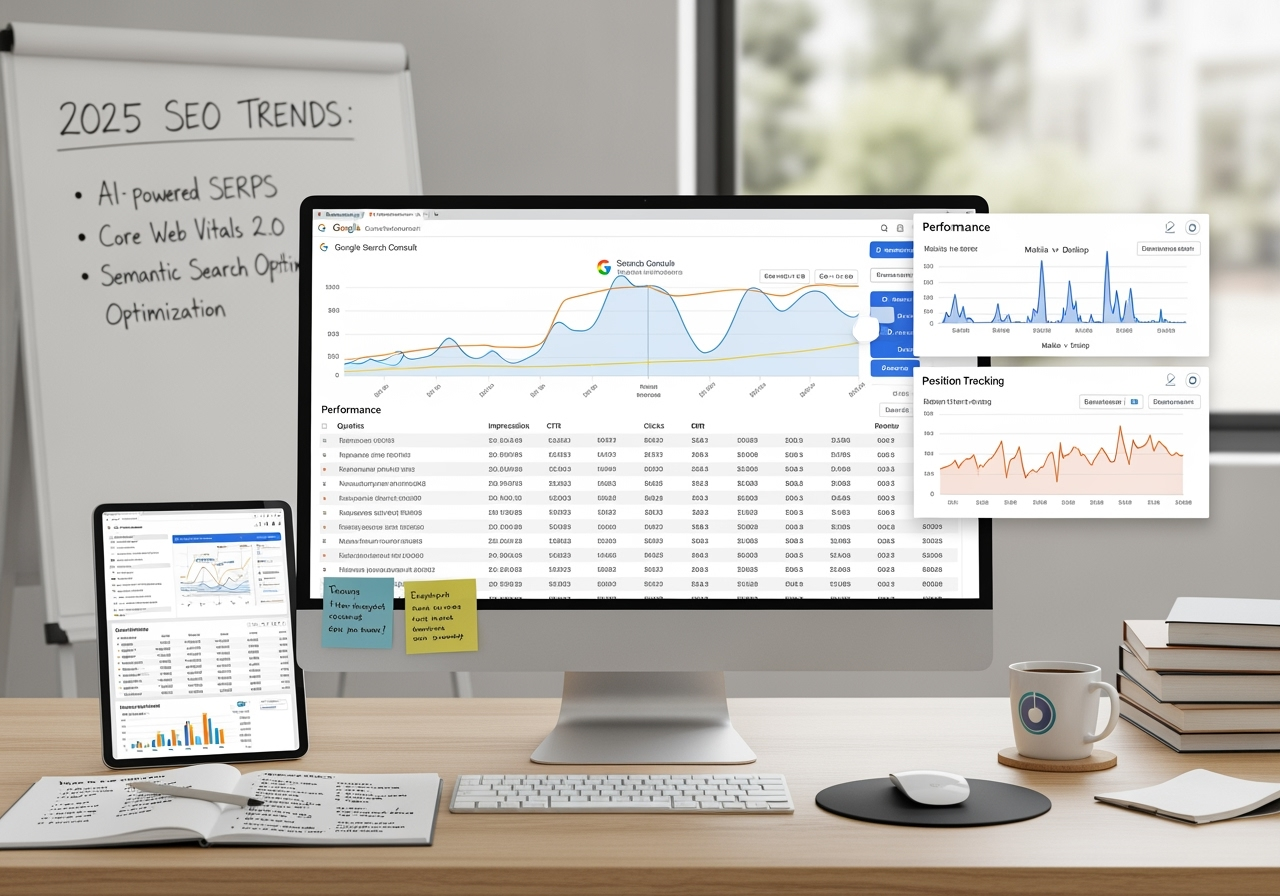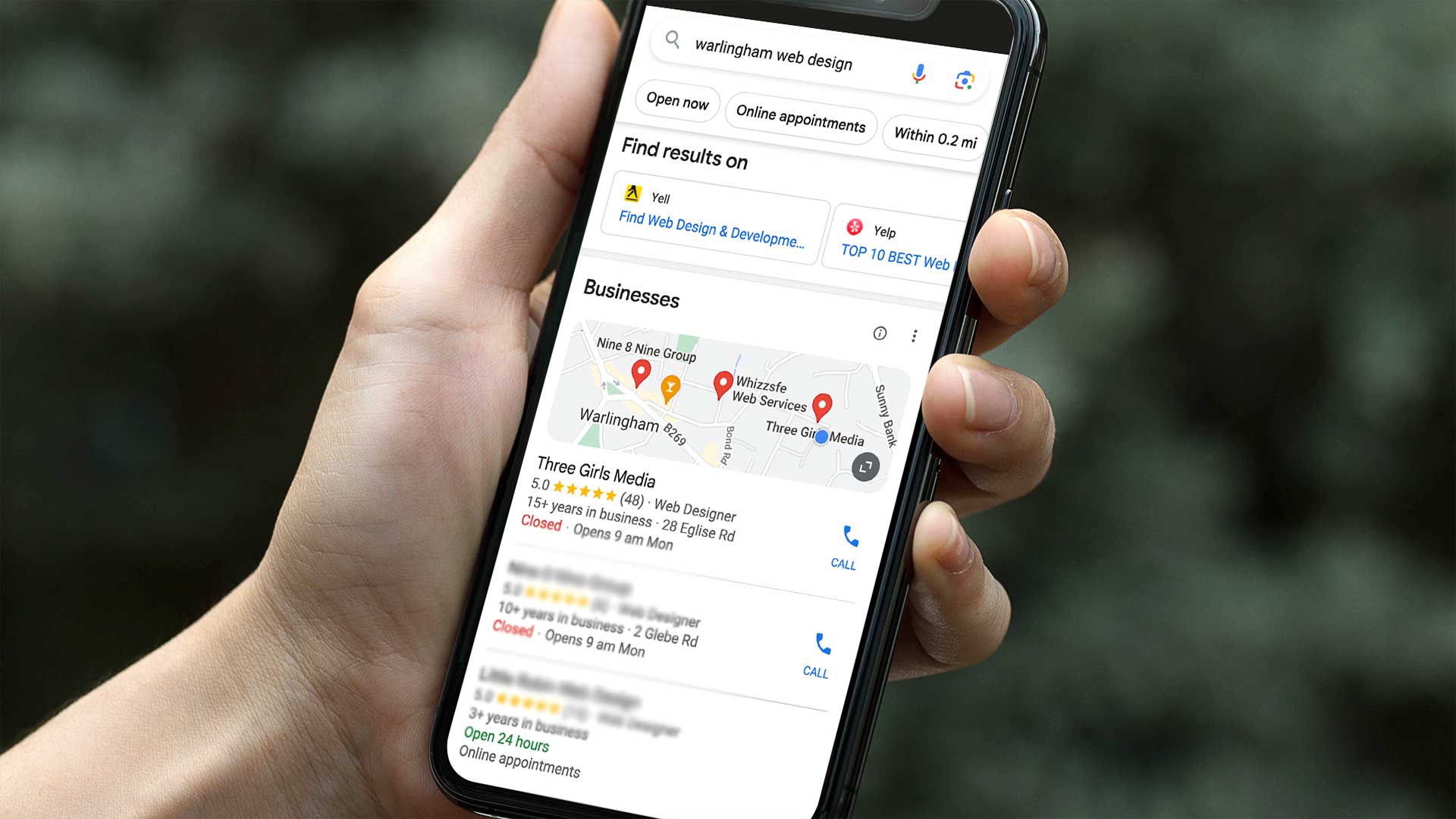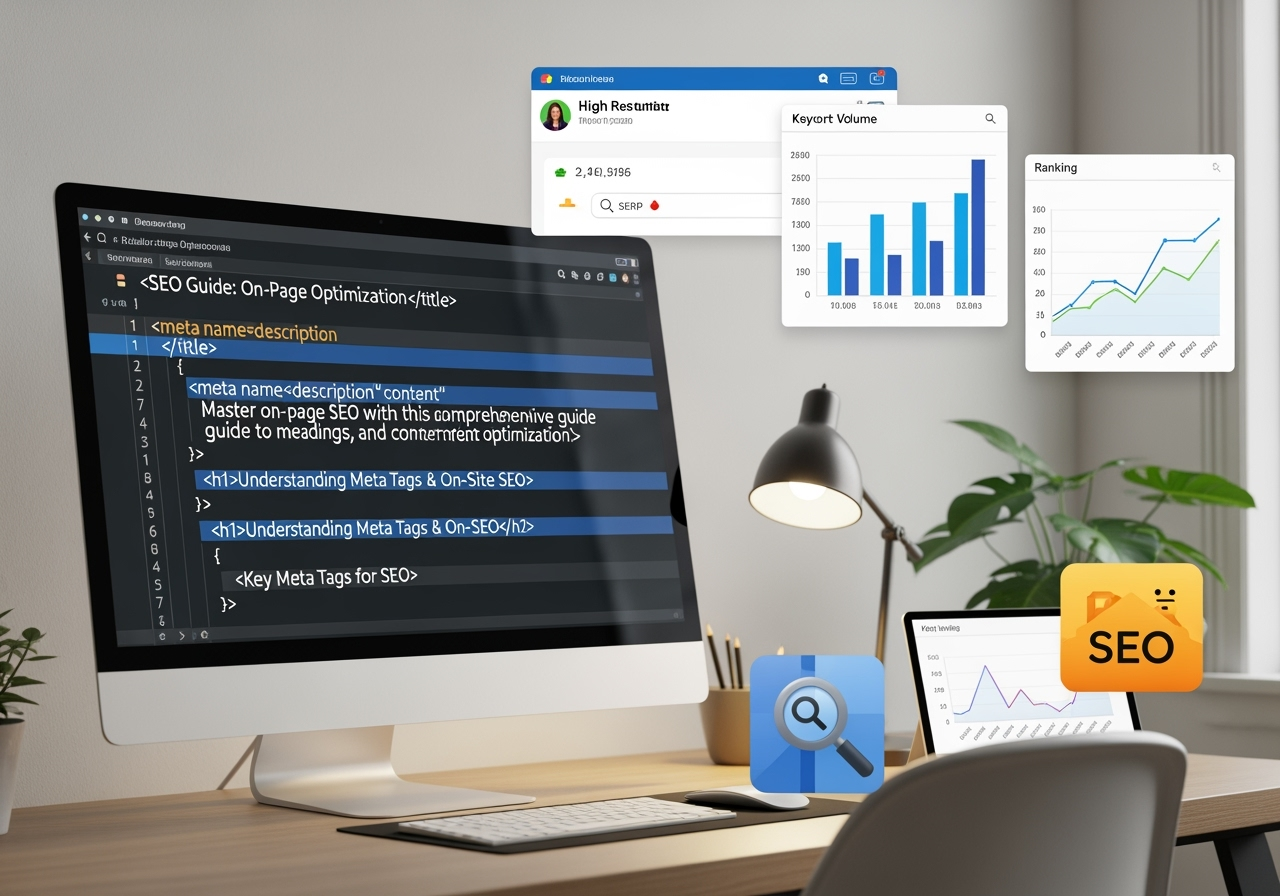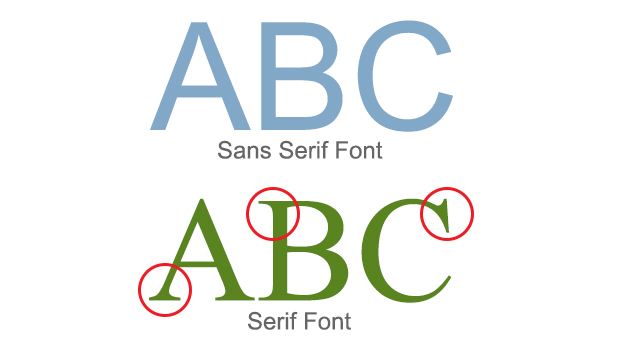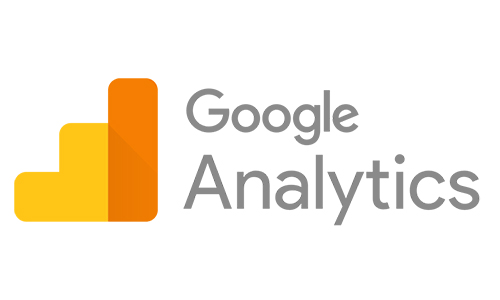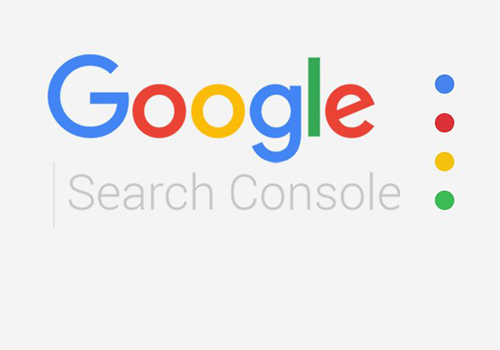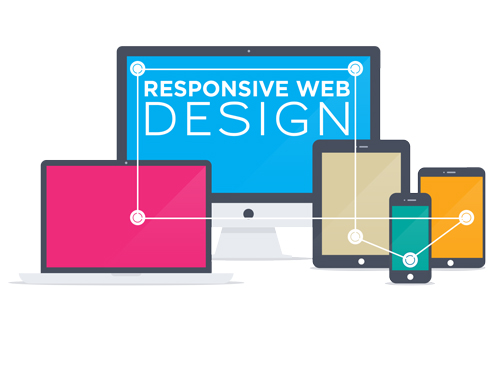Split testing (also known as A/B testing or conversion rate optimization testing) is the process of comparing two versions of digital content to determine which performs better. This data-driven approach helps businesses optimize their conversion rates, improve user experience, and maximize ROI across websites, emails, and advertising campaigns.
What is Split Testing?
Split testing divides your audience into two groups, showing each group a different version of your content. Version A serves as the control (original), while Version B contains specific modifications to test your hypothesis.
The winning variation is determined by measuring key performance metrics including conversion rates, click-through rates (CTR), bounce rates, revenue per visitor, and email open rates. This systematic approach removes guesswork from optimization decisions and provides concrete data to guide your marketing strategy.
Why A/B Testing is Essential for Digital Marketing
Split testing transforms marketing from guesswork into science. When you implement systematic testing, you discover exactly what resonates with your audience rather than relying on assumptions. This approach typically delivers increased conversion rates through data-driven decisions, reduced bounce rates via better user experience, and higher ROI from optimized campaigns.
The risk mitigation aspect proves particularly valuable. Instead of implementing major changes across your entire site or campaign, you can test modifications with a small portion of your audience first. This strategy prevents potential losses while providing valuable customer insights about user preferences and behavior patterns.
Split Testing Best Practices for Maximum Results
Test One Variable at a Time
The foundation of effective A/B testing lies in isolating individual elements. When you test multiple changes simultaneously, you cannot determine which specific modification drove the results. Focus your testing efforts on single elements such as headlines and copywriting approaches, call-to-action button text, colors, and placement, visual content including images and videos, form fields and checkout processes, or page layouts and navigation structures.
Choose the Right Testing Tools
Your choice of A/B testing software significantly impacts your testing success. Free web analytics courses can help you understand Google Optimize for basic website testing, while enterprise solutions like Optimizely’s comprehensive platform serve larger organizations with complex testing needs. VWO offers a comprehensive testing suite for mid-sized businesses, Unbounce specializes in landing page optimization, and Mailchimp provides excellent email campaign testing capabilities.
How to Conduct Effective Split Tests: Step-by-Step Process
Step 1: Identify Optimization Opportunities
Analytics tools reveal underperforming content that needs improvement. Google Analytics 4 provides the most comprehensive insights for identifying test candidates. Navigate to Reports > Engagement > Pages and Screens to discover pages with high traffic but disappointing conversion rates.
Focus your attention on pages displaying high bounce rates or low average session duration. These metrics indicate user dissatisfaction or confusion. Analyze the relationship between page views and conversions, examine user engagement time patterns, review exit rates on your most important pages, and compare mobile versus desktop performance to identify device-specific optimization opportunities.
Step 2: Develop Data-Driven Hypotheses
Create testable hypotheses based on user behavior analysis and proven conversion rate optimization principles. Structure your hypotheses using this framework: “If we change [specific element], then [expected outcome] will occur, because [reasoning based on data or research].”
Prioritization becomes crucial when you have multiple testing ideas. Organize your hypotheses into quick wins that offer high impact with low effort, big bets representing high impact but requiring significant effort, fill-ins providing low impact with minimal effort, and ideas to avoid that demand high effort for minimal impact.
Step 3: Execute Your A/B Test
Proper test execution requires attention to statistical validity. Ensure sufficient sample size for reliable results, implement random traffic allocation using a typical 50/50 split, run tests for adequate test duration to account for behavioral variations, and clearly define primary and secondary metrics before launching.
The testing duration deserves special consideration. User experience research shows that behavioral patterns vary by day of week, time of month, and seasonal factors. Run your tests for complete weekly cycles to capture these natural variations.
Step 4: Analyze Results and Implement Changes
Test results analysis requires both statistical and practical evaluation. Check for 95% confidence level before drawing conclusions, but also consider practical significance alongside statistical measures. Analyze segment performance across different dimensions like mobile versus desktop usage and various traffic sources. Document your learnings thoroughly to inform future optimization strategies.
Landing Page Optimization Through Split Testing
Landing pages represent prime opportunities for conversion optimization through systematic testing. The impact of optimization extends far beyond simple aesthetic changes.
High-Impact Elements to Test
Above-the-fold content receives the most attention and drives initial user impressions. Test different value propositions and unique selling points to discover which messaging resonates most strongly. Experiment with hero images and product photos to find visuals that support your message effectively. Optimize your primary call-to-action placement and design, as this element directly influences conversion rates.
Form optimization often yields dramatic improvements. The number of form fields you require creates a balance between information gathering and user friction. Test different button text and colors to find combinations that encourage action. Include trust signals and security badges to address user concerns about data security. Compare progressive profiling approaches against single-step forms to determine which method works better for your audience.
Mobile Optimization Considerations
With mobile traffic comprising over 50% of web visits, your split tests must account for mobile user experience. Page load speed optimization becomes critical on mobile devices where users expect instant loading. Design touch-friendly button sizes that accommodate finger navigation. Implement simplified navigation structures that work effectively on smaller screens. Consider mobile-specific call-to-action placement that aligns with natural thumb movement patterns.
Email Marketing Split Testing Strategies
Email A/B testing helps improve open rates, click-through rates, and overall email marketing ROI. The intimate nature of email communication requires careful testing to avoid alienating subscribers.
Critical Email Elements to Test
Subject line optimization represents your first opportunity to capture attention. Compare personalization approaches against generic subject lines to measure engagement differences. Test urgency and scarcity messaging carefully, as overuse can damage your sender reputation. Experiment with question-based versus statement formats to discover which approach generates more opens. Emoji usage and character length testing can reveal preferences specific to your audience demographics.
Email content testing explores how your message resonates with subscribers. Compare plain text emails against HTML formatting to determine which approach your audience prefers. Test single CTA designs against multiple options to understand how choice affects decision-making. Evaluate image-heavy versus text-focused designs, considering that many email clients block images by default. Send time optimization requires testing across different days and hours to identify when your audience is most receptive.
Paid Advertising Split Testing
PPC campaigns and social media ads benefit significantly from continuous A/B testing. The competitive nature of paid advertising makes optimization essential for maintaining profitable campaigns.
Google Ads Testing Opportunities
Ad copy variations allow you to test different messaging approaches. Create headlines featuring different value propositions to determine which benefits most appeal to your target audience. Test description text that focuses on benefits against copy emphasizing features. Experiment with ad extensions usage and combinations to maximize your ad real estate. Evaluate different keyword matching strategies to balance reach and relevance.
Landing page alignment ensures consistency between your ads and destination pages. Maintain message matching between ads and landing pages to meet user expectations. Incorporate keyword relevance into your landing page content to improve quality scores. Implement proper conversion tracking setup to measure results accurately and optimize based on actual performance data.
Common Split Testing Mistakes to Avoid
Testing Duration Errors
Ending tests too early represents one of the most common and costly mistakes in A/B testing. Consider these critical factors: run tests through complete weekly cycles to account for day-of-week behavioral patterns, factor in seasonal variations including holidays and business cycles, ensure adequate traffic volume for statistical significance, and account for external factors like promotions, news events, or market changes that might skew results.
Statistical Significance Misunderstanding
Making decisions based on insufficient data leads to poor optimization outcomes. Wait for 95% confidence level before implementing changes, but remember that statistical significance doesn’t always equal practical business impact. Consider practical significance alongside statistical measures, account for multiple testing complications when running simultaneous experiments, and consider Bayesian statistics for more nuanced result interpretation when dealing with complex testing scenarios.
Advanced Conversion Rate Optimization Techniques
Multivariate Testing
For complex pages with multiple elements, multivariate testing enables simultaneous testing of various combinations. This approach allows you to test multiple variables simultaneously and understand interaction effects between different elements. However, multivariate testing requires larger sample sizes than simple A/B tests and works best for high-traffic websites that can generate sufficient data quickly.
Personalization and Dynamic Content
Combining split testing with audience segmentation creates opportunities for targeted optimization. Geographic personalization based on user location can improve relevance significantly. Behavioral targeting using browsing history and past interactions enables more sophisticated testing approaches. Demographic customization for different user groups allows you to tailor experiences precisely. Device-specific content optimization addresses the unique needs of mobile versus desktop users.
Analytics and Reporting for Split Tests
Key Performance Indicators (KPIs) to Track
Primary metrics focus on business outcomes including conversion rate improvements, revenue per visitor changes, cost per acquisition reductions, and customer lifetime value impact. These metrics directly connect to business success and justify testing investments.
Secondary metrics provide context and early indicators including engagement metrics like time on page and pages per session, micro-conversions such as newsletter signups and content downloads, brand awareness indicators, and user satisfaction scores that predict long-term success.
Data Analysis Tools
Professional split test analysis requires robust tools. Google Analytics 4 provides comprehensive website performance tracking capabilities. Advanced conversion optimization techniques often incorporate tools like Hotjar or Crazy Egg for user behavior insights. Google Tag Manager streamlines conversion tracking setup and management. Statistical calculators ensure proper significance testing and prevent premature conclusions.
Conclusion: Implementing Continuous Optimization
Split testing forms the foundation of digital marketing success in today’s competitive landscape. By systematically testing and optimizing your websites, emails, and advertising campaigns, you can achieve significant improvements in conversion rates and return on investment.
Begin with high-impact, low-effort tests to build momentum and demonstrate value. Gradually expand to more complex multivariate experiments as your testing maturity grows. Remember that A/B testing represents an ongoing process rather than a one-time effort. User preferences and market conditions evolve constantly, making continuous optimization essential for sustained success.
The key lies in developing a testing culture that values data over opinions and embraces systematic improvement. When you commit to regular testing and optimization, you transform your marketing from guesswork into a predictable, scalable system for growth.

